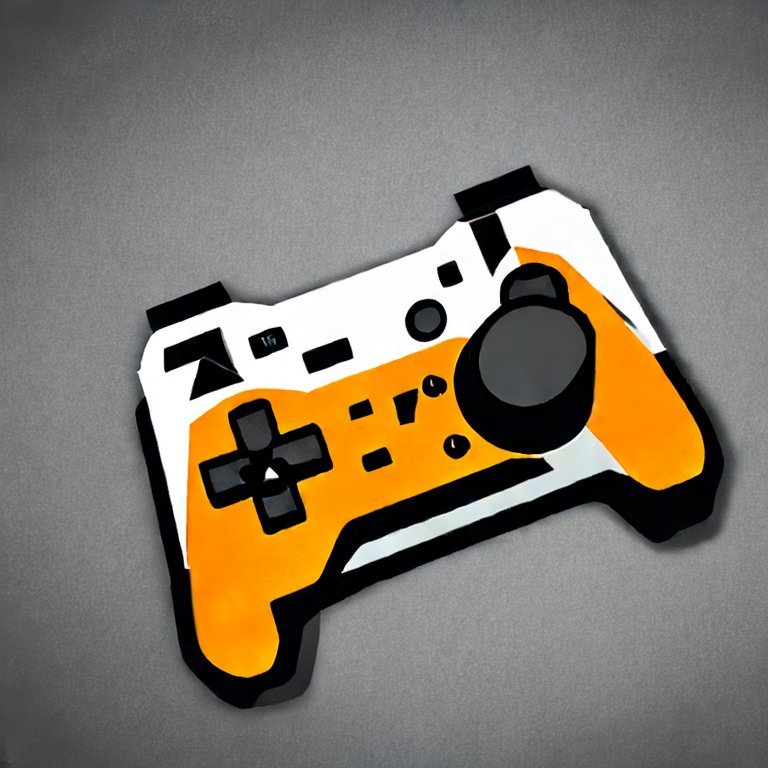- 0 Posts
- 97 Comments

how do you think COULD anti cheat catch such a contraption?
Server-side analysis of player behavior. It’s difficult and a mostly losing battle, but that’s really the only option that could be effective.
“why dont these games work on linux?”
The games do work on Linux. Many of the games the author described were working with Linux perfectly until the companies arbitrarily made a policy decision to block Linux players from the games. The anti-cheat is what does not work on Linux, for the reasons the author described, however the anti-cheat also does not actually work on Windows either, because it does not lessen cheating in these games. It doesn’t even prevent cheats that use traditional methods that kernel-level anti-cheat was designed to stop, for example there are many videos of cheaters showing off wallhacks and on-device aimbots in Battlefield 6 on launch day. The anti-cheat was defeated in less than 24 hours.
how is such a contraption relevant to a kernel driver on another machine?
Such a “contraption” is relevant because it is what people actually use for cheats in 2025, and because it defeats the anti-cheat described by the author, which they falsely claim is effective at stopping cheaters.

I’m responding to the article you posted.
instead of staying on topic, you diverge the reader to some contraption that as you say doesnt even run code on the machine we are hypothetically talking about
This is simply the current state of video game cheats. It’s not “as I say”; it is. To not even mention it while making claims like “anti-cheat is effective in games like Valorant (one of the most popular games for cheats)” is completely disingenous. Go ahead and search “valorant colorbot” in your choice of search engine.

Wow, what a bad article. “Companies can spy on you anyway so just give them kernel access” is interesting logic… They tout the effectiveness of kernel-level anti-cheat by claiming they’ve never encountered a cheater in Valorant. This is either a lie or ignorance that demonstrates the author isn’t qualified to write on the topic. A websearch will return pages of results and examples of working cheats for Valorant. Valorant is actually one of the easier games to write cheats for.
The majority of cheats used today are not impacted or detected in any way by kernel-level anti-cheat. At all. This is because most cheats are not even run on the machine that is used to run the game. Its wild that the author just doesn’t address this reality.
Cheaters use a 2nd computer, outside the reach of anti-cheat, that receives and processes the video-output of the game. The kernel-level anti-cheat can only monitor the system that the game actually runs on, which is completely clean. The 2nd computer runs either a colorbot (especially trivial and effective for games like Valorant that outline enemies in a solid color) or an AI object-recognition model (a quick search will return loads of specialized models trained for various online shooters) to identify the location of enemies on screen. It then generates mouse movements and inputs that are sent back to the 1st computer running the game, while the kernel-level anti-cheat is completely unaware.
These cheats are so efficient that they are commonly run on cheap hardware like an arduino or raspberry pi, and the code is often very simple, sometimes just ~100 lines of python. They can also be subtle and hard to notice by other players (probably why the author may believe they don’t play with cheaters in Valorant), providing aim-assist or click-assist that works with the cheater’s authentic mouse movements, and sometimes only kicks in when an enemy is already close to the cheater’s crosshair.
The author also cherry-picks examples to lead the reader into believing that all multiplayer games require Windows anti-cheat to be successful, while conveniently not mentioning the many competitive multiplayer games that do support Linux and are a perfectly normal online experience, eg Marvel Rivals, Overwatch, Halo Infinite, or Dota 2. Can the author explain why these games are completely fine without Windows anti-cheat?
They don’t challenge, and misrepresent, the invalid reasoning given by some of these game companies for why they arbitrarily chose to block access from Linux, for example Apex Legends claimed the majority of their cheaters use Linux. But wait, how could they know that if cheaters cannot be detected on Linux? So they must be successfully detecting Linux cheaters. Apex Legends’ actual reasoning for disallowing Linux directly contradicts the claims that the author is trying to make. It’s not true that the majority of their cheaters run Linux, of course. The majority of cheaters fly under the radar by running Windows and allowing the anti-cheat to verify a clean system, while just running the cheat software on a 2nd computer.

I dunno, I don’t play these games. The most demanding game I play on steam deck is Oblivion Remastered which runs fine with upscaling/framegen and lowish settings. The nostalgia factor makes low settings totally fine for this game, too, so its not a big deal. Anything game where I want great graphics and performance, I’ll just play on my desktop.
For $900 you could literally just build a decent desktop, but you do you

I have the original and passed on upgrading to the OLED. It really hasn’t shown much age at all, yet. I’m not really playing AAA or demanding titles on it, anyway, and it works perfectly for all of the games I do want to play on it. I figure the limiting factor will be the battery, and that seems to be just as good as it was new.
The clones aren’t acceptable replacements to me, they are more of handheld-consoles than handheld-PCs. If it doesn’t have touchpads, I don’t want it, period.

Colorbots are extremely efficient and can be run on just a raspberry pi.
Human reaction time is ~200-250ms, while the cheat will be introducing easily less than 10ms of latency.
I’ve never used cheats in a video game because I don’t see the point and it would spoil the fun of playing, but as a software developer, it is interesting to learn about how they work and are implemented

Kernel anti-cheat does absolutely nothing to prevent aimbots/triggerbots, as most are run using 2 separate machines, anyway. The first machine runs the game in a totally clean and legitimate environment, but sends its video output (either using standard streaming tools like OBS or by using special hardware) to the 2nd machine. The 2nd machine runs the cheat and processes the video to detect where to aim and/or when to shoot, and sends mouse input back to the 1st machine.

It’s literally just implementation and they’re both statistical models, but 👍
If you disagree, explain how. I’ll wait
no wonder you hail AI as good
When, exactly, did I? I called them both janky dogshit, but simply pointed out the very real hypocrisy of supporting procedural generation while hating generative AI.

by your logic, slavery would be excusable. That’s the argument you’re making.

I’m sorry, we’re talking about the implementation of generated content in video games. That only works if it’s EQUIVALENT to slavery, it’s not (which you yourself said in an attempt to have it both ways lol), so “my logic” does not apply to slavery… Dude.

👀 SLAVERY??? Come on man. Outrageous.
theunknownmuncher thinks it’s somehow inconsistent to be against generative AI while being ok with procedural generation, which implies that they think they’re equivalent in some way.
It’s genuinely wild that you wrote this and then minutes later tried to make a “comparison but totally NOT equivalency, guys” to SLAVERY. 🤦🤦🤦
EDIT: btw, not that it matters at this point, but that’s not what a simile is. It is analogy, though, but a super flawed and shitty one

both are used to produce more content with less effort. There’s your equivalence.
Bingo.
As if the reason people don’t like generative AI is because it makes bad games.
Nice, point proven. 😎 If it doesn’t make games bad, then the complaints are simply invalid and bandwagoning, and developers cannot be faulted for using it. LOL
😍 god I love open source ❤️